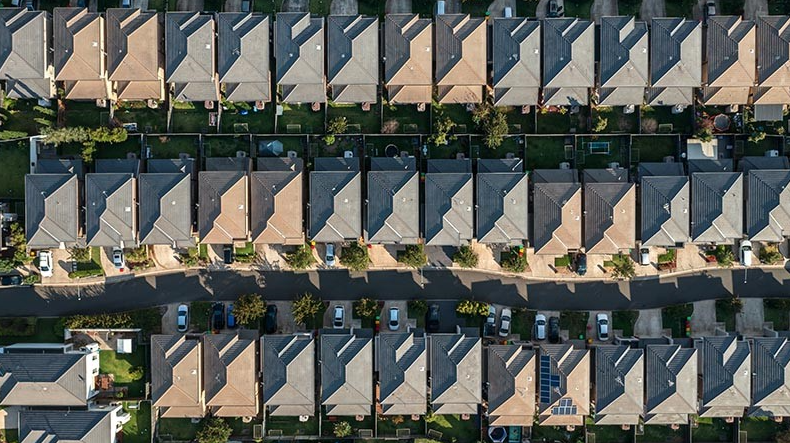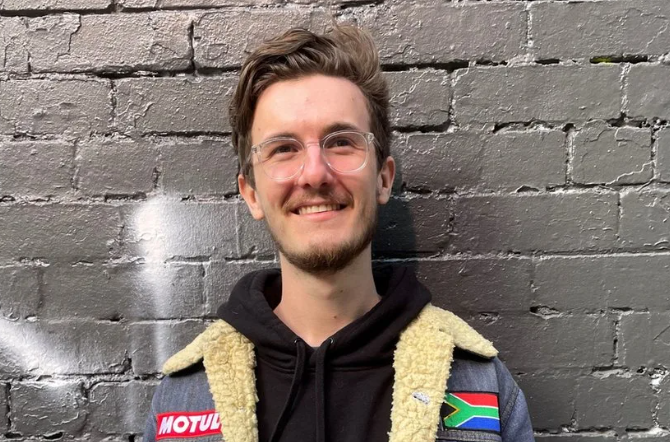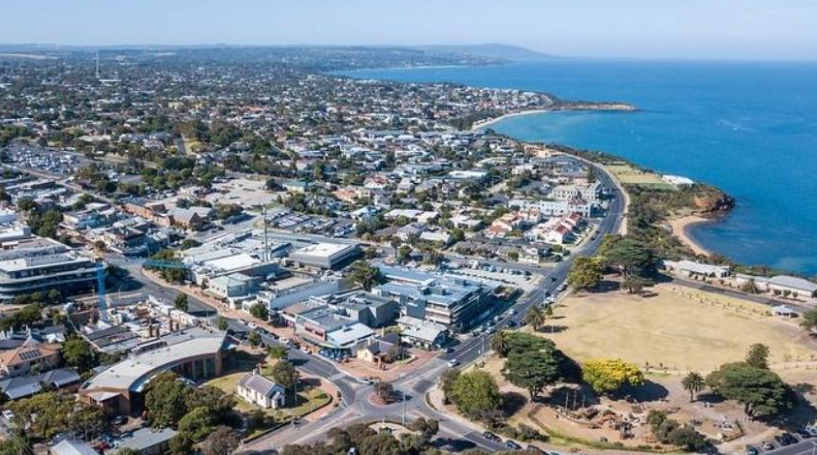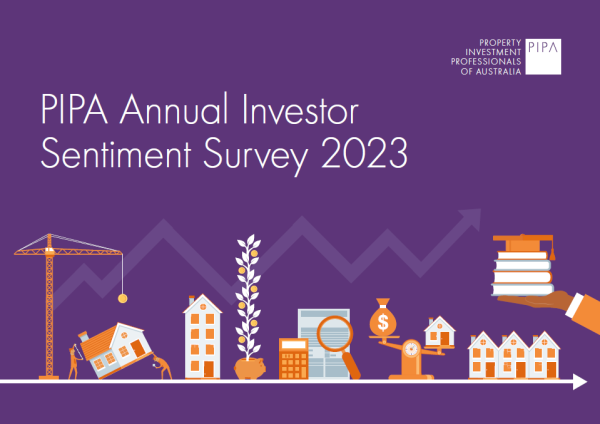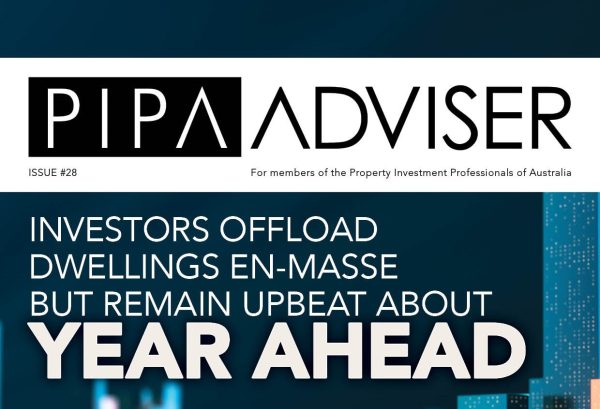Gold Coast records lowest vacancy rate in 2 years
Oct 2020Karen Millers
Categories
Location ReportsMedia releasesNational market updatesPersonal advisersPIPA AdviserPIPA Annual Investor Sentiment SurveysPIPA Member ProfilesPIPA video updatesPIPA webinarsPodcastsProperty advisersProperty newsLatest Articles
Rent rises ease but crisis’ link to population density found to be tenuous
Jordan van den Berg: The ‘Robin Hood’ TikToker taking on Australian landlords
Victorian property investors face yet another new property tax as council tests levy
Rentvesting in Australia: A deep dive
‘More chance of winning lotto’ than housing targets being met
COVID-19 has shocked the levels of supply and demand across a number of rental markets in Queensland over the last six months, particularly in the Brisbane CBD, where rental vacancies peaked at 14 per cent last June 2020.
Regions with high levels of supply of transient accommodation such as the Gold Coast have also been affected, with vacancy rate peaking at 10 per cent back in May 2020.
However, unlike the city centre, Gold Coast, along with other regional markets, has made a remarkable recovery in the last six months, recording the tightest rental results according to the latest vacancy data issued by the Real Estate institute of Queensland (REIQ).
Queensland’s latest quarterly rental vacancy rates show that 100 per cent of the state’s regions have experienced a drop in vacancies, with 96 per cent falling within a tight rental inventory range (zero to 2.5 per cent) and 4 per cent within a healthy rental inventory range (2.5 to 3.5 per cent) or above.
Figures for July to September 2020 show the Gold Coast’s southern areas recorded some of the lowest vacancies, with an extremely tight median of 0.3 per cent. Looking closer, the suburbs with the lowest vacancy rates were Burleigh Heads (0.4 per cent), Coolangatta (0.2 per cent), Currumbin (0.6 per cent), Palm Beach (0.1 per cent) and Miami (0.4 per cent).
In the Gold Coast’s west, it’s a similar scenario with a mean average of 1 per cent (down from 2.2 per cent) across suburbs such as Mudgeeraba (0.4 per cent), Nerang (0.5 per cent) and Oxenford (0.3 per cent), while up north, its tight conditions abound with a median vacancy of 1.3 per cent (down from 3.2 per cent) in areas including Coomera (0.7 per cent), Helensvale (1.6 per cent), Hope Island (1.6 per cent), Southport (1.5 per cent), Pimpama (0.4 per cent) and Upper Coomera (0.7 per cent).
Meanwhile, the downtown Surfers Paradise region fell from 5 per cent to 2.1 per cent, placing it in its tightest conditions in more than two years.
According to REIQ chief executive Antonia Mercorella: “With Queensland’s overall quarterly vacancy rate retracting from 2.44 per cent to 1.49 per cent over three months, this is the first time since the outbreak of COVID-19 that every market is showing growth as vacancy rates continue to shrink. Needless to say our rental market is under enormous pressure with around 90 per cent of the State now experiencing extremely tight conditions.”
“The pandemic has definitely caused a shift for a lot of people in not only the way they want to live but where they want to live, and it seems South-East Queensland is our biggest beneficiary these last three months.”
With a 3.7 per cent boost in new jobs across Queensland during the same three months (approximately 90,000), consumer confidence rising four consecutive months to 98.25 points and a steady inflow of state migration of almost 30,000 over the last six months, the rental sector plays a critical role in Queensland’s housing system.
In its current condition, the role and size of the state’s investor market have never been so important, Ms Mercorella highlighted.
“As more people choose to make Queensland their home, it’s imperative we act now to support and safeguard the rental housing needs of current and future generations,” she explained.
“Over 36 per cent of Queensland’s population rent (1.2 million) and 90 per cent of that housing is provided by private owners. Given the current and future rental needs of the community, it’s critical we continue to attract property investors to improve supply and keep pace with demand and maintain rental affordability.”
The Property Investment Professionals of Australia’s (PIPA) Annual Investor Sentiment Survey 2020 revealed that 67 per cent of investors are still looking to purchase property. Queensland rated highest for investment prospects (36 per cent), with investors keen to look for regional opportunities.
According to Ms Mercorella, private property owners provide the majority of Queensland’s rental housing to the state’s ever-growing tenant community.
“[They] are often incorrectly categorised as wealthy individuals hoarding far more than their fair share of real estate. The reality is however very different. These are ‘ordinary’ people comprising hard-working Australians… They have made financial sacrifices to improve their future position for retirement, which is still decades away for most investors,” she said.
Bianca Dabu, Smart Property Investment, 29 October 2020
https://www.smartpropertyinvestment.com.au/research/21825-gold-coast-records-lowest-vacancy-rate-in-2-years
